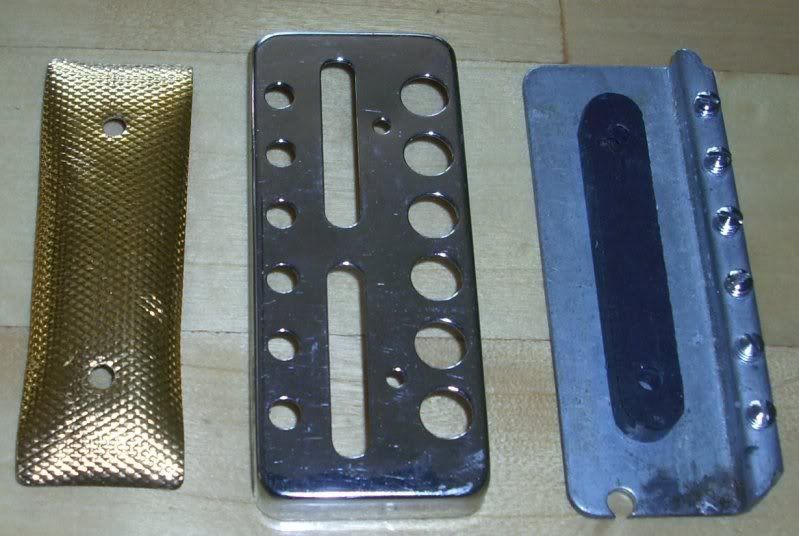I'm trying to rebuild this one from the 60's. Anybody have any idea what it is, and what goes in it? I'm assuming it is a Silvertone or Harmony or similar, but can't find anything similar on-line. The plastic bobbin is shot, so I'm using some ultrathin PCB material glued to the top and bottom of the magnet to form the bobbin. Got my choice of wires to work from, so I just need to know what ind and how much.










Comment